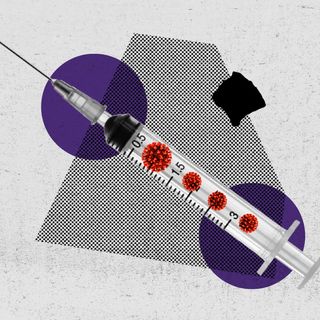India’s under-five mortality rate (U5MR) has reduced by almost 50% in the past two decades, according to a report published on Tuesday in The Lancet. But the country still continues to lose at least a million children before they turn five, and one of the major factors leading to their deaths is air pollution.
About 9% of the children under five who died in 2017, died due to air pollution, the year in which data for the papers was gathered. The papers have the first comprehensive estimates of district-level trends of child mortality in India from 2000 to 2017. Besides air pollution, the top four causes of under-five mortality include preterm birth, diarrhoeal diseases, followed by birth asphyxia, and trauma.
Air pollution can cause childhood cancers, asthma, poor lung function, pneumonia, and other types of acute lower respiratory infection, the report said.
According to a report by the World Health Organization, household air pollution from cooking and outdoor air pollution contribute to the development of lower respiratory infections that affect the airways, in young children, especially in low-and middle-income countries.
Children are more vulnerable to the impact of air pollution because they breathe more rapidly than adults, and therefore end up absorbing more pollutants at a period of their life when their brains and bodies are still developing. This can ultimately impact their growth and cognitive ability, while also triggering the possibility to developing asthma and childhood cancer.
Related on The Swaddle:
Study Suggests Link Between Air Pollution and Cognitive Delays in Kids
Children are also closer to the ground, where pollution concentrations are higher and therefore, they may end up inhaling more pollutants than adults. And, certain pollutants (small enough to penetrate the alveolar wall) could also be inhaled by a pregnant mother which enter her bloodstream, crossing the placental barrier and reach the fetus. This could also affect the baby’s growth and development.
“Air pollution is stunting our children’s brains, affecting their health in more ways than we suspected,” said Maria Neira, the head of the WHO’s department of public health and environment in the report.
Experts have proposed measures to reduce road traffic by raising fuel taxes and parking fees, but these efforts are yet to take shape in smaller cities. However, some of the most effective ways in which tier-II and tier-III cities could keep their pollution levels in check could include preventing children’s exposure to diesel exhaust by restricting its use in school buses for cleaner fuels, and focusing on ways to increase public transport, says Anumita Roychowdhury, executive director at the Delhi-based Center of Science and Environment (CSE), an environmental think tank.




